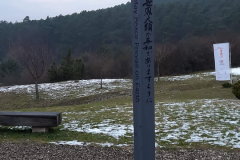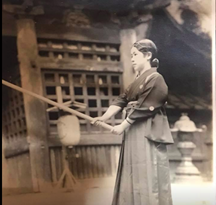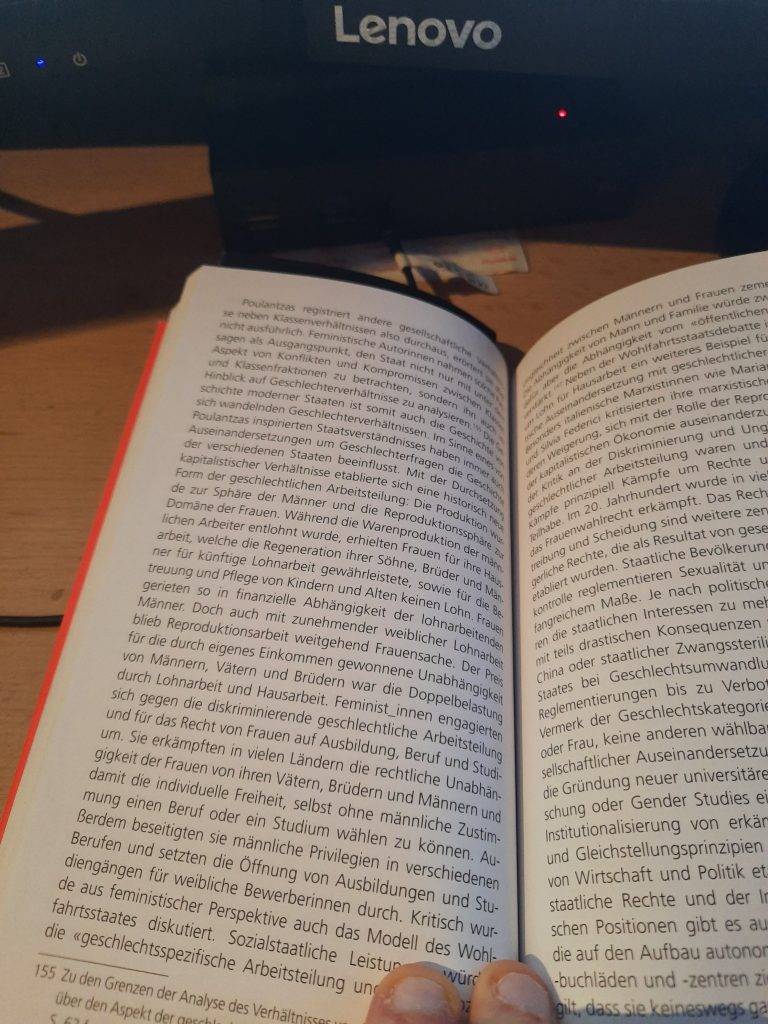Letzten Freitag, am 19.07.2024 veranstaltete das Samurai Museum Berlin einen Studienabend zum Thema: Koshirae, Schöne Schale, scharfer Kern.
Der Abend bestand aus einem historischen Vortrag über die Entwicklungen der verschiedenen Schwert-Monturen durch die Geschichte Japans und die Gelegenheit, verschiedene Ausstellungsstücke des Museums ganz nah mit dem Auge zu betrachten.
Von unserem Dojo, dem Kobukai Berlin, waren einige Leute da, die gespannt den Vortrag leuchten, der mehr als nur Interessant war.
Disclaimer: Ich habe mir am Abend keine Notizen gemacht und gebe den Inhalt hier aus meiner Erinnerung wieder. Sollte hier jemand einen Fehler finden sind diese bei mir zu suchen, nicht bei den Vortragenden jenes Abends
Der Vortrag begann in der Nara Periode. Damals gab es noch keine Samurai, wie wir sie heute kennen. Der japanische Kaiser unterhielt einen Hof, Regierungsform und Armee, die der Tang-Dynastie im heutigen China nachempfunden war. Auch Katana gab es damals nicht. Soldaten des stehenden Heeres kämpften mit zweischneidigen geraden Klingen, Chokuto und Speeren.
Und hier wurde auf einen Fakt eingegangen, der mir vorher noch gar nicht bewusst war. Das damalige Volk der Japaner, war nicht die einzige Ethnie, die zu der Zeit auf den japanischen Inseln lebte. Sondern es gab auch die Volksstämme der Emishi bzw. Ezo,. Japanische Ureinwohner waren schon lange vor den Yamato Stämmen da und erkannten die Autorität des Kaisers nicht an. Sie waren vor allem in der Tohoku Region angesiedelt und die Beziehung zu den Japanern war von Stamm zu Stamm unterschiedlich. Mit einigen Stämmen trieben die Japaner Handel und andere wurden bekämpft. Die Stammeskrieger der Emishi waren berittene Bogenschützen und benutzten einschneidige und gekrümmte Klingen als Sekundärwaffen. Diese Art der Kriegsführung war auch mit deutlich weniger Streitkräften effektiv gegen die größere japanische Infanterie. So effektiv, dass die Japaner sich Notizen machten und von den Emishi einiges lernten.
Den Einfluss der Emishi begann man zu dieser Zeit bald in den Schwert-Montierungen zu sehen. So gab es mehr und mehr Chokuto, die einen leicht gekrümmten Griff bekamen und auch die Schmiedemeister experimentierten mit gekrümmten Klingen, die damals noch zwei Schneiden hatten. Durch Handel mit freundlich gestimmten Emishi konnten Pferde erworben werden, die man dann anfing selber zu züchten und dann in der Heian Zeit kam eine neue Art von japanischen Krieger auf. Krieger aus Familien, die ihre Blutlinie vom Kaiser und anderen Adligen ableiten konnten, die als berittene Bogenschützen in die Schlacht zogen und an ihrer Seite ein gekrümmtes einschneidiges Schwert trugen. Die Japaner hatten von den Emishi gelernt und die Samurai und auch das Tachi wurden geboren.
Dieser Einfluss der Emishi war mir vorher noch nicht klar gewesen. Der Rest des Vortrags ging dann von Wechsel des Heian zu Kamakura Zeitalter. Dann zum Anbruch der Muromachi Periode, dem Sengoku Jidai, der Edo Zeit und der Meiji Restauration.
Es wurde erläutert was der Unterschied zwischen einem Tachi und einem Uchigatana ist und wie das Handachi als “Hybrid” Montur in die verschiedenen Regularien reingepasst hat in einer Zeit wo Samurai zu bestimmten Anlässen ein Tachi tragen mussten und zu anderen wieder ein Uchigatana. Und es wurden einige Stücke bzw. auch Replika der Koshirae verschiedener Daimyo vorgeführt und es wurde darauf eingegangen, was die verschiedenen Monturen über den Stand, die finanziellen Mittel und den Charakter des jeweiligen Daimyo aussagen.
Ein anderer Punkt, der mir ebenfalls im Kopf geblieben ist: Zwar stimmt es zwar, dass Uchigatana vor allem in der Edo-Zeit im zivilen Leben für Samurai in Mode gekommen ist. Jedoch existierte diese Schwert-Montierung bereits in der Heian Periode und wurde ab und zu auch als Teil von Daisho einiger Samurai getragen in der Schlacht.
Nach dem Vortrag kamen noch zwei weitere Herren zu Wort. Einer war ein Sammler, der extra aus München angereist war, um an dem Abend teilzunehmen, der auf die Problematik hinweist, dass es für einen Sammler sehr schwer ist, oftmals vollständige Original Koshirae eines bestimmten Schwertes zu kaufen. Das ist darin begründet, dass eine Koshirae aus vielen verschiedenen Einzelteilen besteht und zum Beispiel Tsuba, Tsuka, Saya und Kozuka getrennt von verschiedenen Leuten gekauft werden. Und daher ist es auch für Sammler enorm wichtig zu dokumentieren, wann sie welches Schwert aus welchen Stücken zusammen montiert haben.
Der zweite Herr wiederum zeigte verschiedene Koshirae Arten aus seiner Sammlung und ging auf einige Besonderheiten ein. Leider bin ich in der Materie noch gar nicht bewandert und konnte mir vieles noch nicht so richtig merken, um es sinnhaft wiederzugeben.
Insgesamt war es wieder ein Top Event im Samurai Museum das mir großen Spaß gemacht hat und Lust auf mehr





































